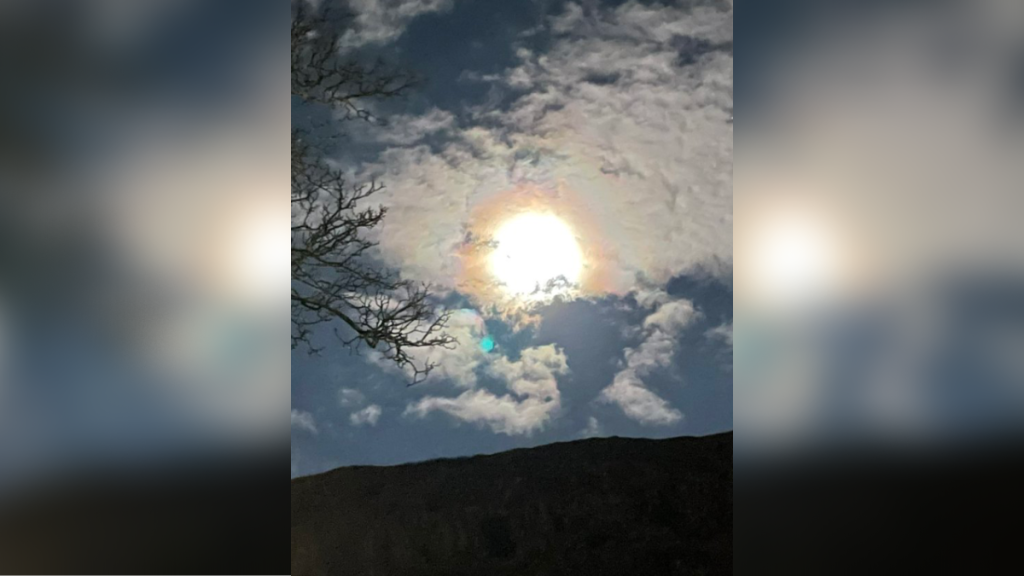If you look up to the cosmos tonight, you’ll see a special lunar event called the Snow Moon, and its name has an interesting history dating back hundreds of years.
As you’ve likely noticed, there are several notable lunar phases throughout each year, especially full moons, such as the Wolf, Pink, and Strawberry Moon. In fact, each month’s full lunar phase has a moniker.
According to NASA, The Maine Farmers’ Almanac began naming full moons back in the 1930s, and they’re all linked to the native americans. Tribes of the northeastern United States originally referred to tonight’s full moon as the snow moon because of its February arrival, which was when the region had the heaviest snowfalls. The tribes also dubbed the snow moon the “Storm Moon,” because of the heavy winter storms and the “Hunger Moon” because the weather made hunting difficult.
The Snow Moon has another scientific term as well—a micromoon. It earned this term because it is just about 24 hours away from being in apogee, which means its orbit is at its furthest point from Earth. Tonight it will be exactly 252,225 miles from us. So, to the naked eye, it is the smallest full moon we can observe.
Some countries have already started to enjoy the Snow Moon, but people in the United States are still waiting their turn. The show will start in the early night hours. For those in the EST timezone, that would be at 6:53 PM. The peak hour was actually at 7:30 AM EST, but it was below the horizon. So, for the best look, you’ll want to step outside as close to nightfall as possible.
You can find the source of this story’s featured image here.
Want to be happier in just 5 minutes a day? Sign up for Morning Smile and join over 455,000+ people who start each day with good news.



